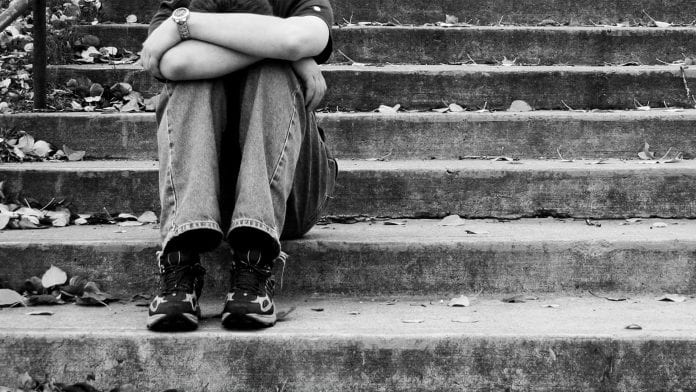
Suicide is the second leading cause of death amongst youth aged 10 to 24 years – but how many of these individuals are incarcerated youth?
Accounting for more than 17% of all deaths in the age group of 10 to 24-year olds, in 2016, an estimated 6,150 youths died by suicide, according to the Centers for Disease Control and Prevention (CDC). The overall rate of deaths by suicide in this age group is 9.6 per 100,000.
According to a U.S. Department of Justice survey, from 2000 to 2014, suicide rates were two to three times higher for youth in custody than those in the general population.
Published in the Journal of the American Academy of Child & Adolescent Psychiatry (JAACAP), researchers from Nationwide Children’s Hospital looked at circumstances preceding suicide to understand better why this disparity in suicide rate exists.
The rates of suicide and mental health of the youth
The study used a nationally representative sample to examine characteristics and circumstances leading to suicide deaths among incarcerated youth.
By amalgamating the National Violent Death Reporting System data from 2003 to 2012, researchers compared data from youth aged 10 to 24 who died by suicide during incarceration to those who died by suicide in the general population.
The results showed that key risk factors for suicide, such as history of suicide attempts, history of mental health conditions, and alcohol/drug use, were not significantly different between the two groups.
Donna Ruch, PhD, post-doctoral scientist in the Center for Suicide Prevention and Research in The Research Institute at Nationwide Children’s Hospital, USA, explains: “Youth who were incarcerated and died by suicide were no more likely to have mental health conditions than those who died by suicide in the community.”
“That surprised us. And that led us to question whether there may be something about the environment that contributed to the increase in suicides.”
Incarcerated youth are less likely to disclose suicide intent
A key difference between the groups is that incarcerated youth were less likely to disclose suicide intent (19.2% compared to 30.5%) or leave a suicide note (23.5% compared to 31%).
According to the study, 93% of juvenile correctional facilities screen for suicide risk at intake only, with rescreening performed only when ‘deemed necessary’.
The study authors recommended timely and ongoing suicide risk assessments and implementation of targeted suicide prevention programs for incarcerated youth.
“Our results support the need for improved safety planning, early suicide risk detection, and developmentally relevant suicide prevention interventions for the setting,” adds Dr. Ruch.
“Our future work will include evaluation studies to support the development of effective programs for youth in correctional settings and research that further elucidates the risk, protective and precipitating factors of suicide among these youth.”









